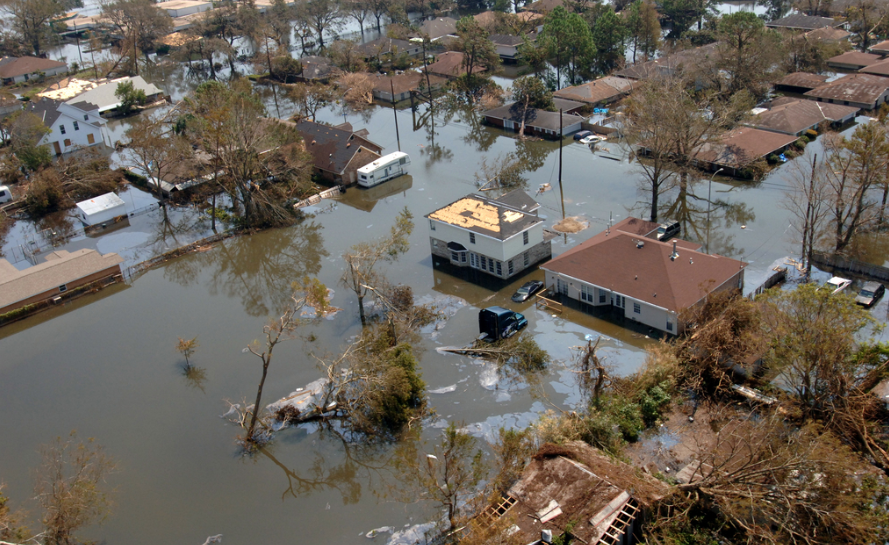
Twenty years after, memories are still fresh for those who lived it and lessons still too urgent. As Tulane University’s Mark Davis has said, “Katrina revealed weaknesses.” Levee weaknesses, planning weaknesses, weaknesses in the nation’s ability to protect its most vulnerable when disaster strikes. The devastation the storm unleashed wasn’t about wind and water it was about human systems that collapsed when they were most required to hold.
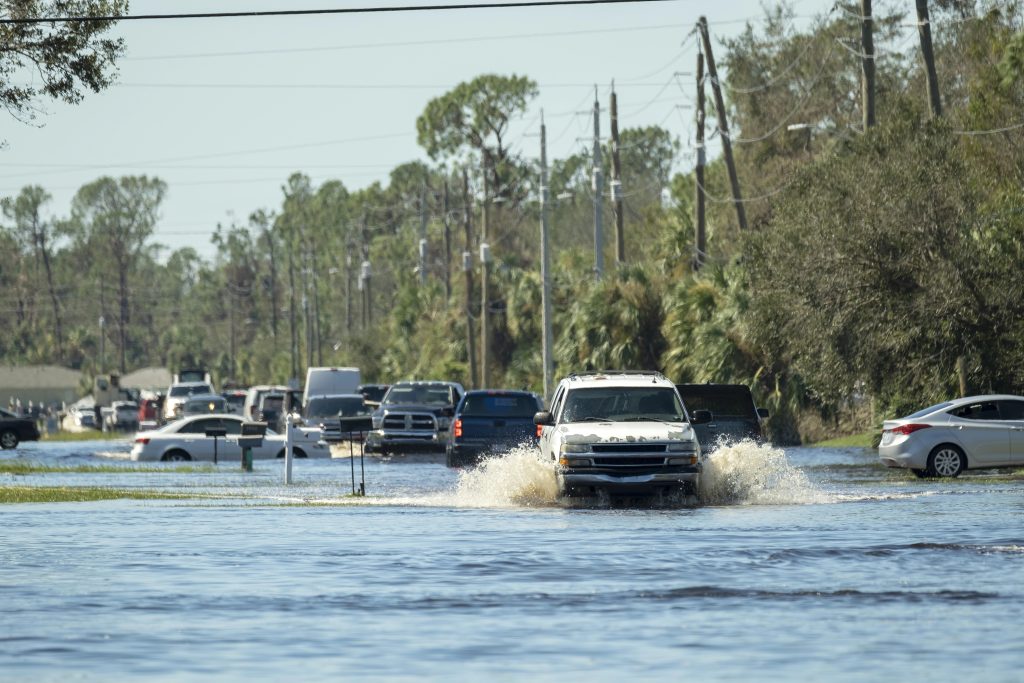
1. Evacuation Orders That Left Thousands Behind
New Orleans Mayor Ray Nagin on August 28, 2005, issued the city’s first mandatory evacuation order. Traffic jammed roads, hotels were filled with visitors, and gas pumps ran dry. But to tens of thousands many poor, elderly, or afflicted with chronic illness flight was not an option. “I don’t have any way to get out,” said 74-year-old Hattie Johns. The city had no master plan to relocate non-vehicle residents, and this deficiency would prove to be deadly. Federal postmortems subsequently confirmed that evacuation corridors, transportation capacity, and staging with receiving shelters had been inadequately planned, and the most vulnerable citizens were abandoned.
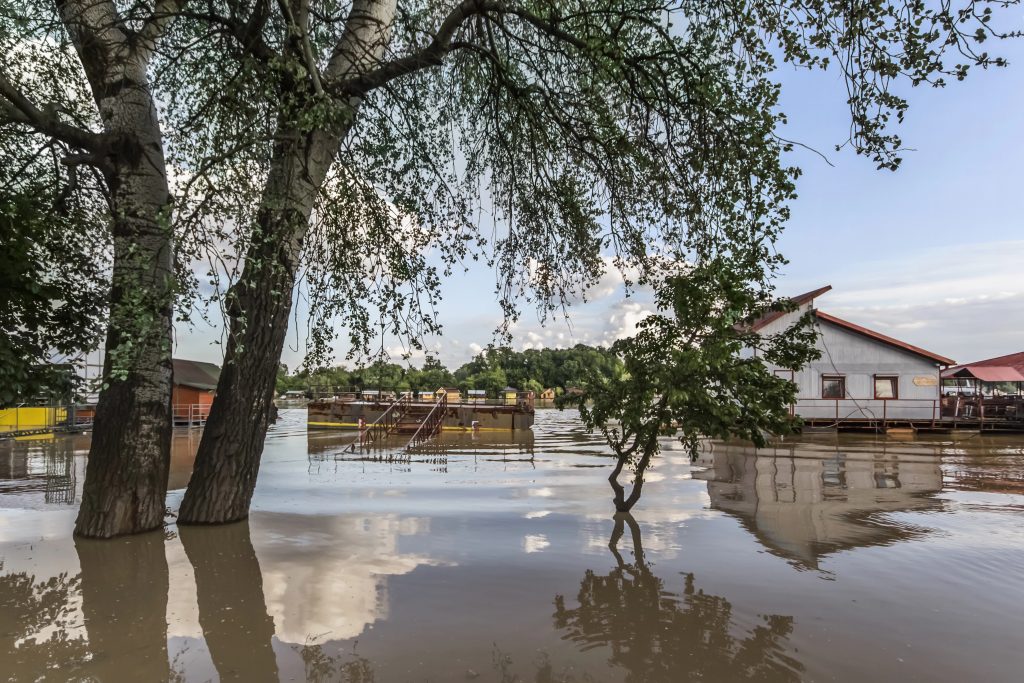
2. Avoidable Levee Failures
The gusts of Katrina were powerful, but it was the collapse of the levee system which converted disaster into tragedy. More than 50 levees and floodwalls failed, flooding 80% of New Orleans and 95% of St. Bernard Parish. Several buildings collapsed even at water levels lower than they were constructed to resist. A 2006 report from the U.S. Army Corps of Engineers admitted subpar and outdated engineering methods were to blame. In the Lower Ninth Ward, water reached 15 feet high, washing out homes in one of the city’s poorest, predominantly Black neighborhoods. For years, experts had warned that a more powerful storm would breach the city’s defenses warnings that went unheeded.
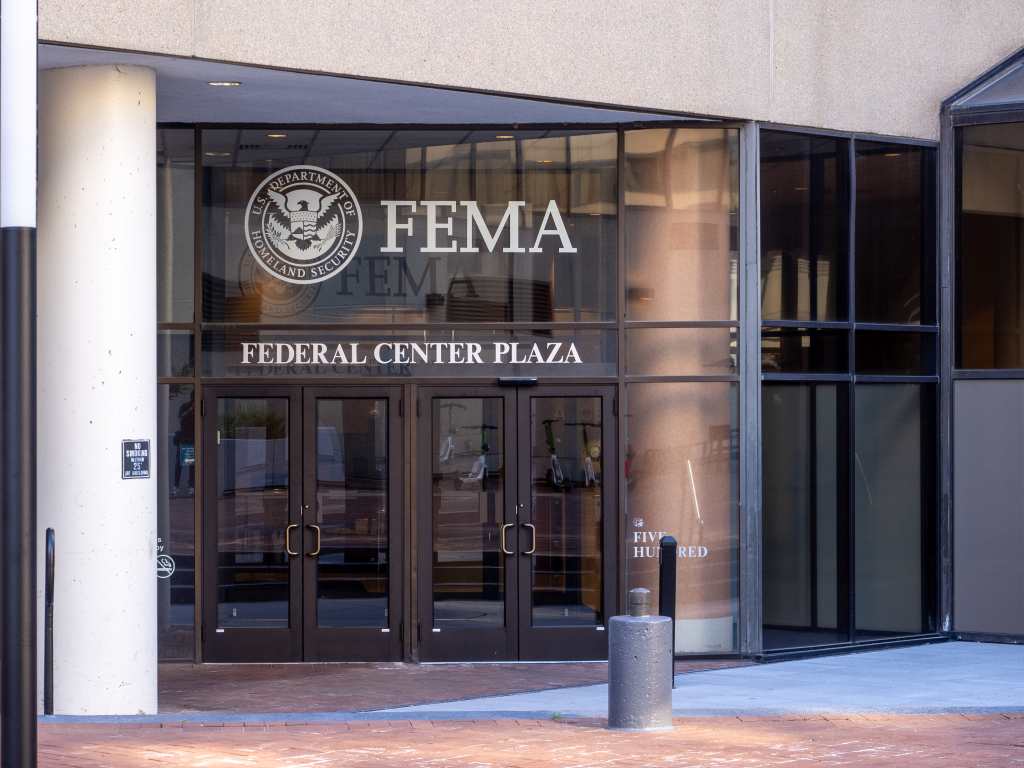
3. FEMA’s Delayed and Disorganized Response
Federal aid in the days after landfall was painfully slow. FEMA’s internal mission assignment process was hindered by “several time-consuming approval signatures,” a post-storm review stated. Water and ice that could have been used were wasted or lost $100 million worth of ice ended up in the trash. Offers of assistance in the form of bids by Amtrak, Walmart, and even foreign governments were rebuffed by bureaucracy. “This is mass chaos,” said one National Guard officer, who stood outside the Superdome.
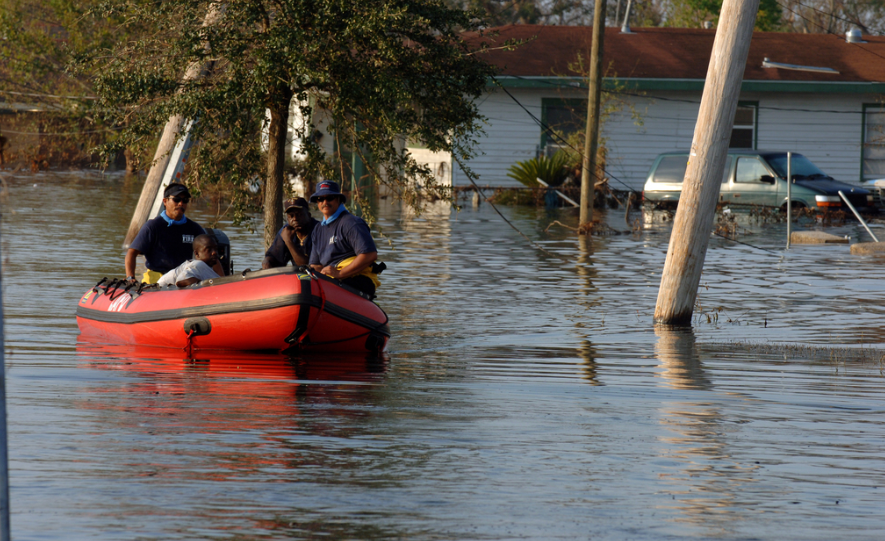
4. Disproportionate Impact and Recovery
Katrina’s waters were colorblind, but its impact was not. Most of the Black residents experienced severe flooding compared to half of the white residents. The poorest areas suffered most and were slowest to recover. To a large extent, racial variations in return rates were accounted for by higher housing loss in Black neighborhoods as a study concluded. Neighbors like folklorist Mona Lisa Saloy observed relief more readily traveled to white, affluent communities while neighbors in her 7th Ward faced cumbersome claims processes, recalcitrant contractors, and threats of property seizure.
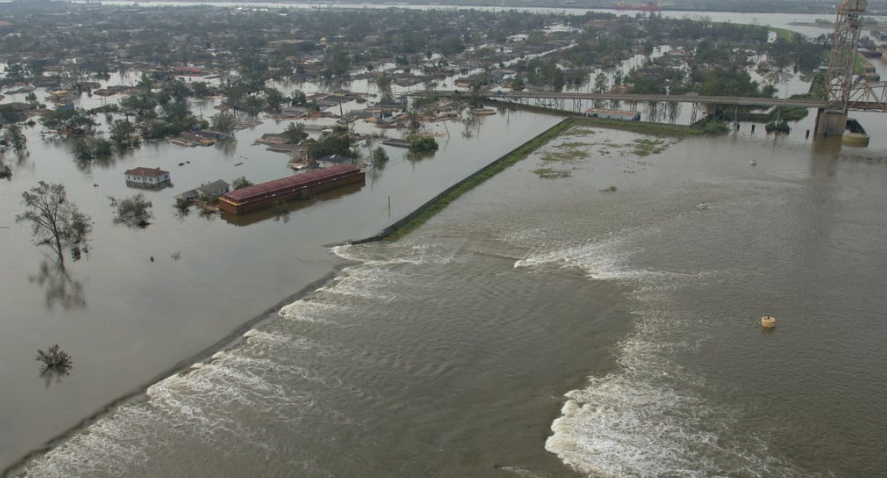
5. Post-Katrina Reforms and Their Limits
Since Katrina, Congress passed the Post-Katrina Emergency Management Reform Act, giving FEMA more authority and money. New Orleans’ rebuilt levees, a $20 billion project, now vow protection from so-called “100-year” storm. “We are much better protected,” said engineer Norma Jean Mattei, “but nothing is ever certain.” The construction is real, but global warming is raising the risk, with warmer seas fueling more intense, wetter storms and rising oceans boosting storm surges.
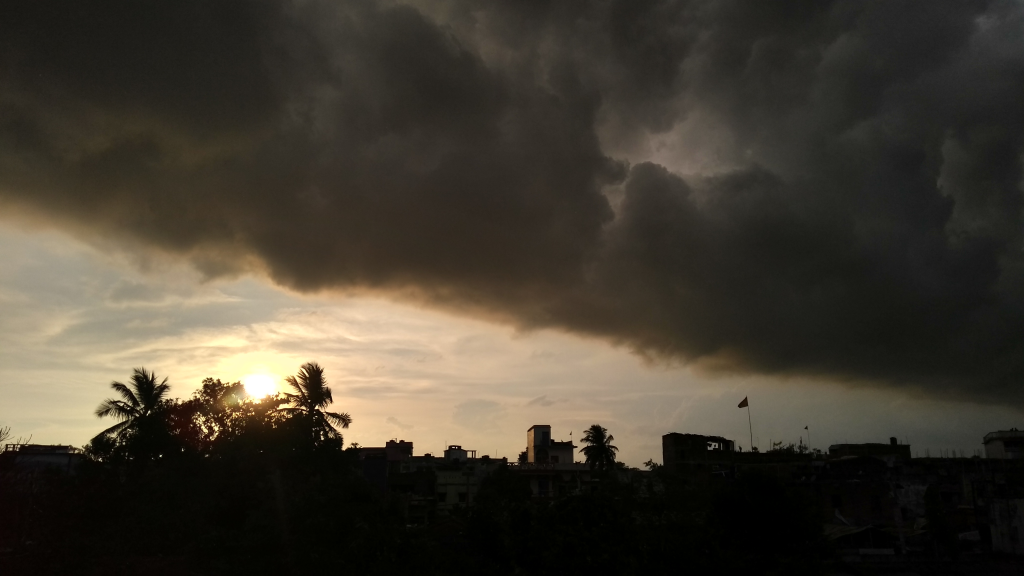
6. Climate Change as a Force Multiplier
The levels of Katrina’s flood were estimated at up to 60 percent higher if sea level rise had occurred in 1900. Hurricanes today strengthen faster, move more slowly, and dump more rain. The proportion of major Atlantic hurricanes doubled since 1980. That leaves cities with fewer days to prepare and experience prolonged periods of exposure circumstances eerily like those that enhanced Katrina’s destruction.
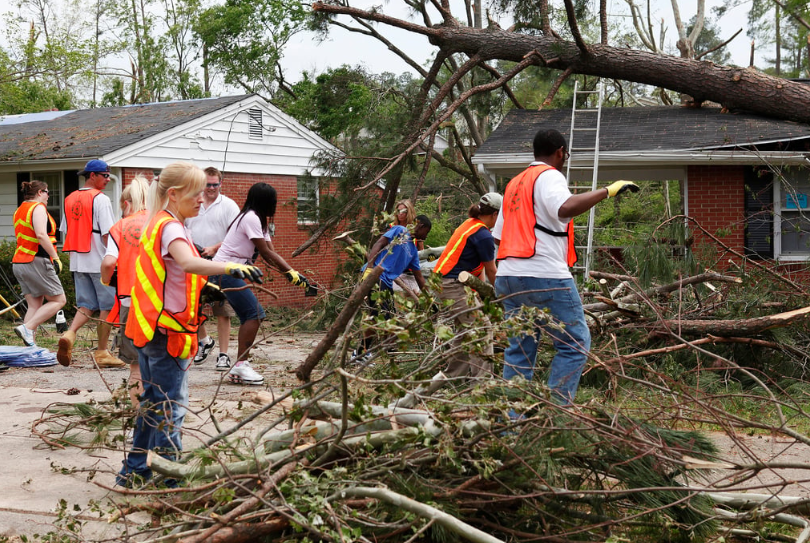
7. Community Resilience and Recovery
Despite breakdown in the system, the human spirit in New Orleans was resilient. Neighbors rescued neighbors, took care of neighbors, and rebuilt together. Saloy’s 7th Ward Neighborhood Association came into being because of such a spirit, to “improve the quality of life throughout the community, enhance active citizenship, and cultivate families.” Such initiatives on the ground floor are critical, especially as disaster rehabilitation tends to penalize those with fewer resources and networks.
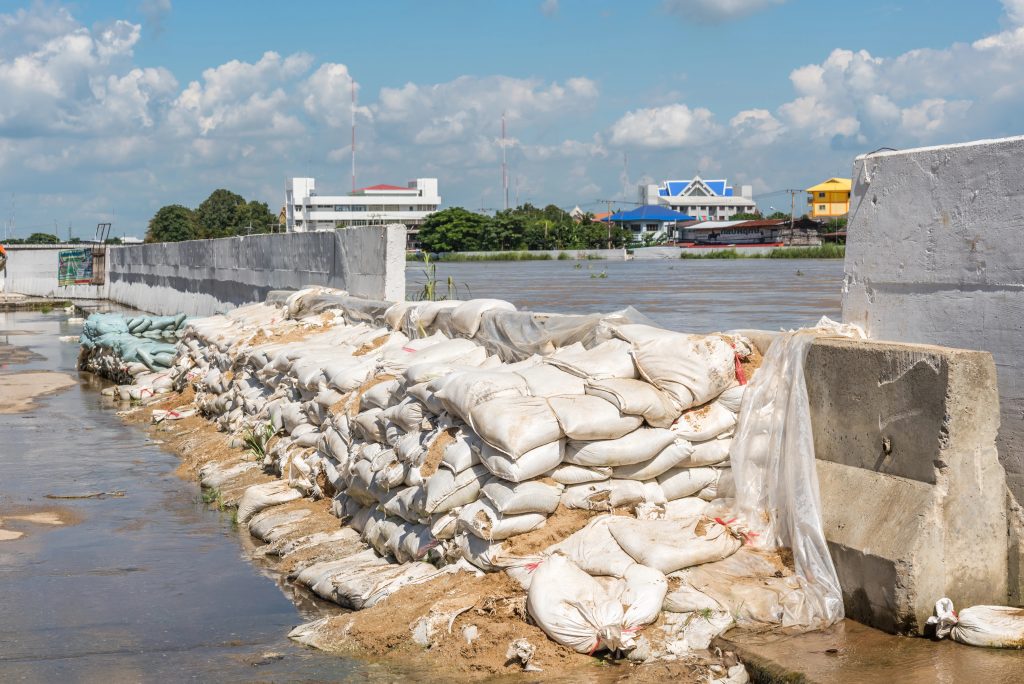
8. Engineering and Preparedness Advances
Flood protection engineering has come a long way since Katrina, with better storm surge simulation, higher floodwalls, and more resilient pump systems. Cities are even building green infrastructure restoring wetlands and barrier islands to absorb surge. But as experts note, these systems must have routine maintenance and adjustment to adapt to climate change.
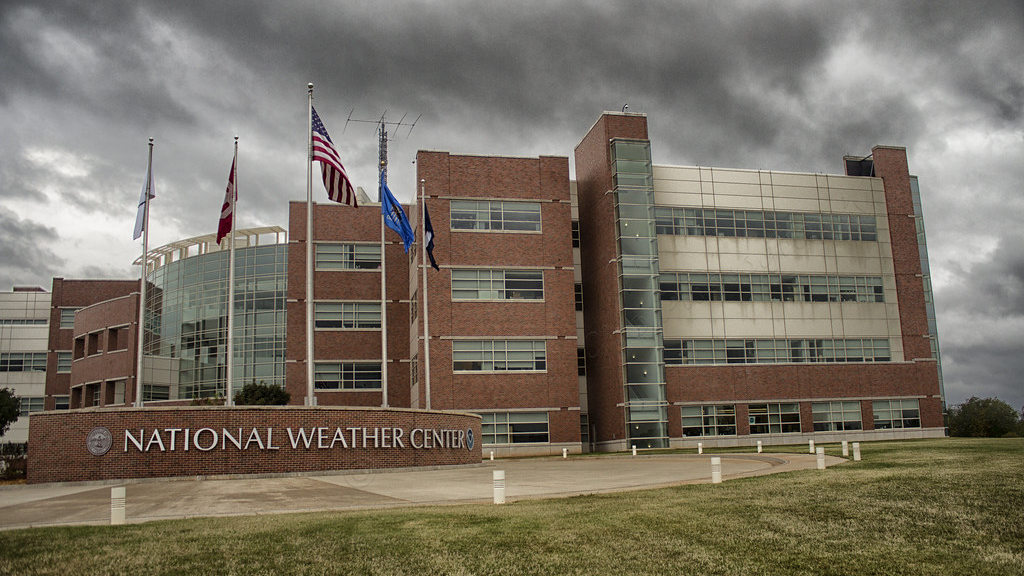
9. The Chronic Challenge of Readiness
Budget reductions for the National Weather Service and FEMA are of worry to disaster experts like Davis, who warns, “I’m seeing evidence that we are actually going the wrong way.” Preparedness is not a one-time event, but rather a process of planning, training, and investment in infrastructure and communities. The Katrina lesson is that survival is not about walls and pumps, but about governance, equity, and trust.
Katrina was not just a storm it was a mirror held to America’s weaknesses. Its lessons are inscribed in the rebuilt levees, the reorganized agencies, and the neighborhoods that did not quit. But with accelerating climate change, the question is whether those lessons will be implemented before the next “once-in-a-lifetime” storm comes around.


